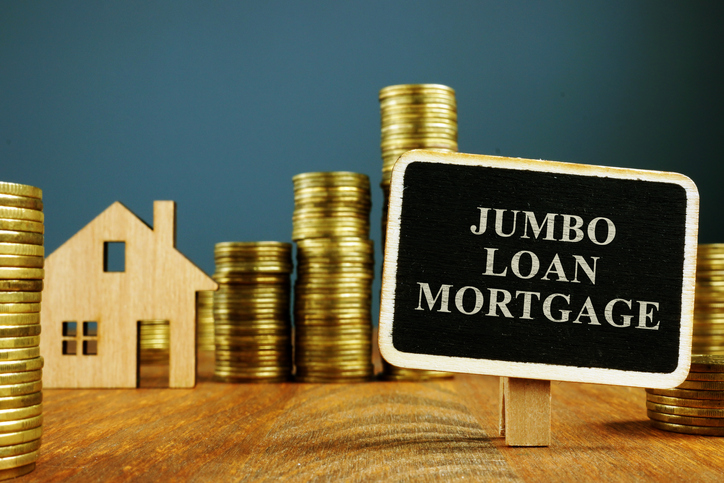
Medium home prices in America reached a new high in 2019. Home prices are only expected to steadily increase over the next decade. But a traditional mortgage only goes far.
We’ve been hearing a lot of talk about jumbo loans recently, which is essentially another mortgage option with higher lending limits.
But is it the right option for you? Here’s what you need to know about jumbo loans.
What is a jumbo loan?
The average home loan is called a conforming loan. These types of loans have maximum limit amounts. In 2019 the maximum limit in most states was $484,350 but was increased to over $510,000 in 2020. These limits are regulated to parallel both rising and declining home prices.
If you require a property loan for more than the maximum amount, you must apply for a jumbo loan. Jumbo loans have higher limits, however, they considered more “risky” to the lender.
How can you qualify for a jumbo loan?
Since the risk is higher for this type of loan for lenders, most require at least a credit score of 700, and at times even 720 to apply. The applicant must also have healthy debt-to-income-ratio and cash reserves. Basically, the lender wants to know that you actually have the means and know-how to pay back the loan within a reasonable amount of time.
What’s the difference between a conforming and jumbo loan?
The biggest difference between these two types of mortgages is the loan amount. But there are more differences to consider. Another major difference is the expected down payment amount. Jumbo loans typically require a downpayment of at least 20%. While some lenders will approve as low as 10% for a downpayment, it’s usually reserved for unique situations.
Another big difference is with interest rates. Jumbo loan interest rates are usually higher than rates for conforming loans. Jumbo loans also usually have higher closing costs and fees.
Other Financing Options
Instead of a jumbo loan, there are piggyback loans. This is a strategy of using multiple smaller loans instead of one large loan. There are two styles of piggyback loans, an 80/20 and an 80/10/10.
Both types of loans set predetermined payback milestones. With an 80/20 loan, you have to pay 80 percent of the property’s purchase price within a set amount of time, and then the remaining 20 percent by another fixed time. With an 80/10/10 loan, you get a loan for 80 percent of the home’s value, and then you must also make a 10 percent down payment. The buyer can then take out a second mortgage to pay off the remaining 10 percent of the home’s value.
Do you need to know more about your financing options for your next property? We’re here to help. We’re leaders in the Scottsdale real estate market, and pride ourselves on knowing the latest news that impacts the market. Click here to get your questions answered by qualified real estate experts.
